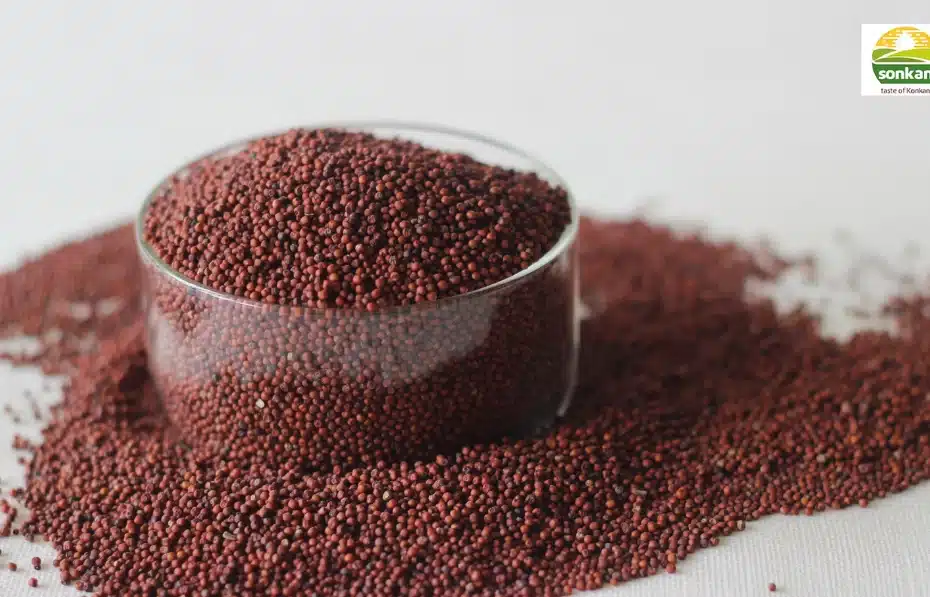Introduction:
Winter brings with it the need for warm, nourishing foods to keep our bodies comfortable and healthy. In this season of chilly winds and dropping temperatures, many people wonder if certain foods, like ragi (finger millet), are suitable for consumption. Ragi, a staple in many parts of the world, is a nutritious grain that can offer numerous health benefits, making it a viable option even during the winter months.
Why Consume Ragi in Winters?
Ragi is rich in essential nutrients like calcium, iron, fiber, and protein. It also contains a variety of vitamins and minerals, making it a well-rounded food choice. These nutrients are crucial for maintaining overall health, especially during the winter when the body needs extra support to combat the cold. According to Ayurveda, ragi is considered a warming food. It is believed to generate heat in the body, which can be beneficial during winter when staying warm is a priority. Including ragi in your diet might help regulate body temperature and keep you cozy during the colder months.
Health Benefits of Consuming Ragi in Winter:
- Boosts Immunity: The high content of antioxidants in ragi helps strengthen the immune system. A robust immune system is crucial in winter to ward off common colds and flu, making ragi a valuable addition to your diet.
- Improves Digestion: Ragi is an excellent source of dietary fiber, promoting healthy digestion. Maintaining good digestive health is essential, especially in winter, when people tend to consume heavier foods.
- Manages Weight: With its high fiber content, ragi can contribute to a feeling of fullness, preventing overeating. This can be particularly helpful in winter when cravings for comfort foods can lead to weight gain.
- Balances Blood Sugar Levels: Ragi has a low glycemic index, making it a suitable grain for those looking to manage blood sugar levels. This is crucial, especially for individuals with diabetes who need to be mindful of their diet during the winter season.
Ways to Include Ragi in Your Winter Diet:
- Ragi Porridge: A warm bowl of ragi porridge made with milk or water can be a comforting and nutritious breakfast option during the colder months.
- Ragi Roti or Bhakri: Replace conventional wheat rotis with ragi rotis or bhakris. These can be paired with winter vegetables or warm curries for a wholesome meal.
- Ragi Soup: Create a hearty soup by adding ragi flour to your favorite vegetable or lentil soup recipes. This not only enhances the nutritional value but also provides a delightful texture.
- Ragi Cookies or Ladoos: For a sweet treat, consider making ragi cookies or ladoos. These can be a healthier alternative to traditional winter sweets, providing a dose of warmth and nutrition.
Conclusion:
In conclusion, ragi can certainly be included in your winter diet. Its nutritional richness, warming properties, and various health benefits make it a versatile and valuable grain to consume during the colder months. Whether in the form of porridge, rotis, soups, or sweets, incorporating ragi into your meals can contribute to a well-balanced and nourishing winter diet. So, go ahead and enjoy the goodness of ragi to stay warm, healthy, and satisfied throughout the winter season.

